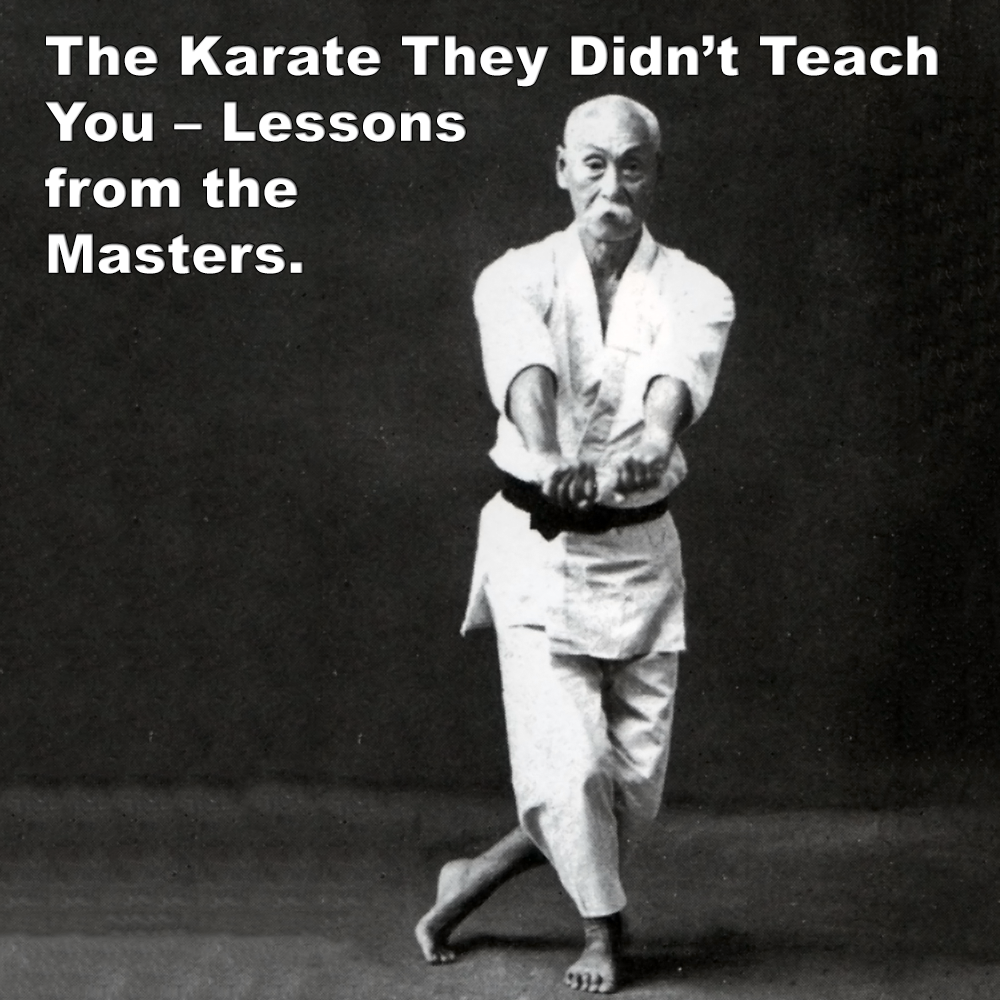
(Approx 2 minute 30 second read)
Why is it so hard to see beyond what we were first taught?
.
Most people will say they have an open mind and are always interested in gaining additional knowledge.
.
But from my experience, if it’s not a direct extension of what they already know, it’s almost impossible for them to comprehend, let alone accept.
.
Most have a long-established reference point based on what they originally learned, and they find it difficult to even consider something different from that.
.
This is to be expected. When you started training you had an open mind and faith in your instructors. You didn’t question anything they taught, and if you did, you were quickly put in your place.
.
It was your belief that everything you were taught was the absolute truth, totally correct and complete. You accepted it with confidence, regardless of the source, as long as you believed the teacher was qualified.
.
The knowledge you obtained over the years became your bedrock, your reference point for whatever followed.
.
So here you are, at this particular stage of practice, with all of that hard-earned knowledge firmly in place, and now faced with something that seems to challenge major parts of it. Naturally, that’s tough. Only the rare few step up to that challenge.
.
Having said that, I’m still staggered by it. To me it seems obvious that serious practitioners would invest the time and effort to develop the skills and understanding of the older, pragmatic karate, the stuff that was once practical, not polished for modern “traditional karate-do”.
.
Perhaps the most obvious reason for difficulty is exactly that departure. It isn’t “traditional” as understood by today’s practitioners.
.
It’s difficult because it uses tools that are not in our “basics” toolbox. I get it. After so many years of doing karate in one way, it’s exceptionally hard to develop a new skill set. Without thought, your body responds as trained.
.
It is possible to add a new skill set, but only if you’re willing to at least attempt to learn.
.
Many people talk about the beginner’s mind, ‘shoshin’. But to be honest, most people lost that long ago. After many years of training and accumulating a body of knowledge, it’s natural to stop seeking and simply keep practicing.
.
Another problem is the idea that you’ve invested all these years in learning only a very small part of karate. I can see why many people reject that out of hand, it could be interpreted as saying you’ve spent decades developing the wrong understanding. For some, that’s unthinkable.
.
And in rejecting it, they miss the rest of the story: how to actually learn from kata. So many people discount kata and tell me it’s useless.
.
Not everyone seeks new information, and some already “know it all”. But that mindset renders any new skill superfluous.
.
Ego also plays a part. Some simply can’t allow themselves to look like a beginner again. To learn a new skill set, you must accept that it will take time to become proficient, and in the beginning, everything will feel clumsy and awkward. Not everyone is willing to look like a white belt among their peers.
.
Or it may simply be that you’ve been taught the same material so many times that it appears that’s all there is. You think you’ve learned the whole thing, and the only work left is polishing what you already know. The surface.
.
And yet….. there are some who will not be confined by dogma. We’re still here.
.
I’m not claiming this is the only way, just sharing what I’ve learned and observed over many years of practice.
.
.
Written by Adam Carter – Shuri Dojo
.
.
Inspired by Rich Stamper
